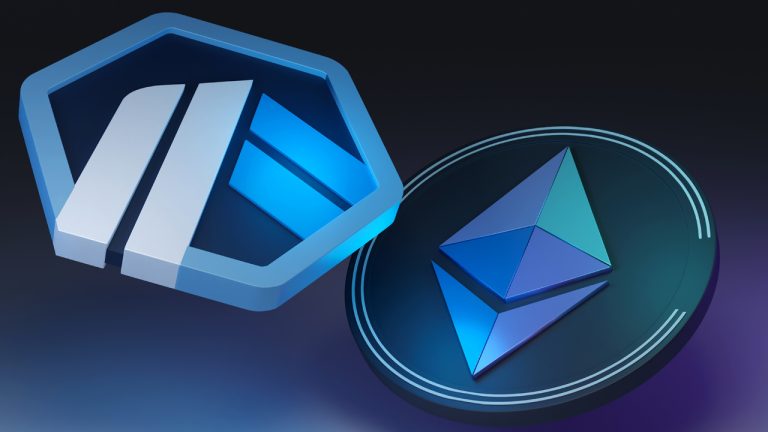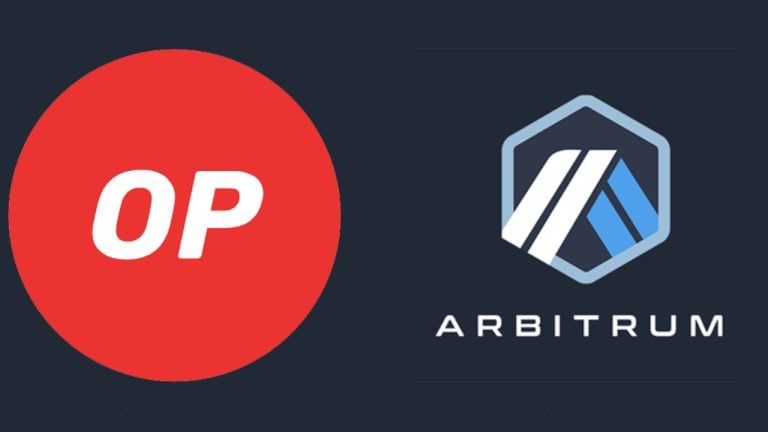
Avail launched a bridge to transmit data availability attestations to Ethereum, potentially allowing for lower fees on some layer 2s.
Blockchain network Avail has launched a testnet data availability bridge to Ethereum, according to a July 7 announcement. Once testing is completed, the bridge will allow developers to easily create “validiums” or low-cost layer 2s that do not store full transaction data on Ethereum, the announcement stated.
Avail was originally created by Polygon Labs, but was spun off as an independent project in March. Polygon’s co-founder, Anurag Arjun, is also the founder of Avail.

Layer-2 rollup networks like Optimism, Arbitrum, Polygon zkEVM, and zkSync Era lower transaction fees by batching transactions into compressed “rollups” and periodically adding them to the base layer. However, because these networks must write all the transactions to the base layer, they often have higher transaction fees than layer-1 competitors.
To get around this problem, some networks have opted to write only the validation proofs of each transaction to the base layer, while storing the full transaction data off-chain. This produces a type of network called a “validium.” For example, StarkEx features a validium mode that stores data with a data availability committee (DAC) instead of on Ethereum. Polygon proof-of-stake may become a validium that stores its data on a proof-of-stake chain in 2024.
Related: Starknet’s Quantum Leap hits testnet with TPS reaching ‘triple figures’
According to the announcement, the new bridge allows developers to create custom validiums quickly and easily by storing their transaction data on the Avail network, eliminating the need to create their own DAC or proof-of-stake data availability network. When a user tries to withdraw cryptocurrency from layer 2 back to the base layer of Ethereum, the Avail bridge will transmit an attestation that the data is available on Avail, allowing the withdrawal to occur.
“Today’s launch of the Data Availability attestation bridge marks a major advancement in our mission to optimize blockchain scalability and efficiency,” said Arjun. “By enabling rollup constructions to run in validium, optimistic chains, and volition modes, we are not only reducing costs but also paving the way for a more inclusive and efficient layer-2 and layer-3 ecosystem.”
Arjun previously told Cointelegraph that data availability solutions would become essential to the Web3 space as zero-knowledge proof rollups are more widely used.











